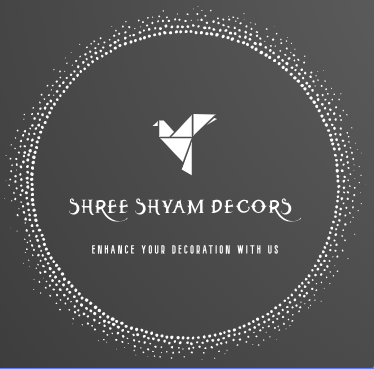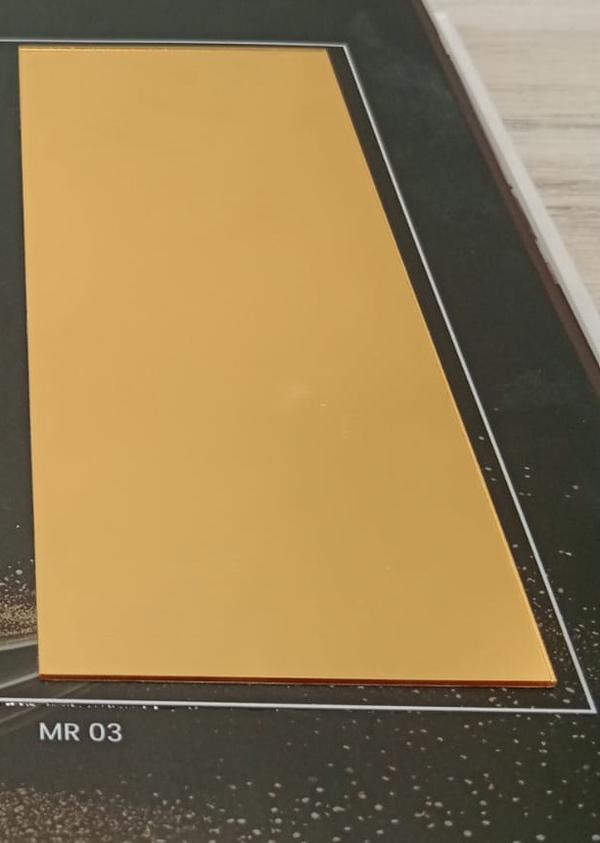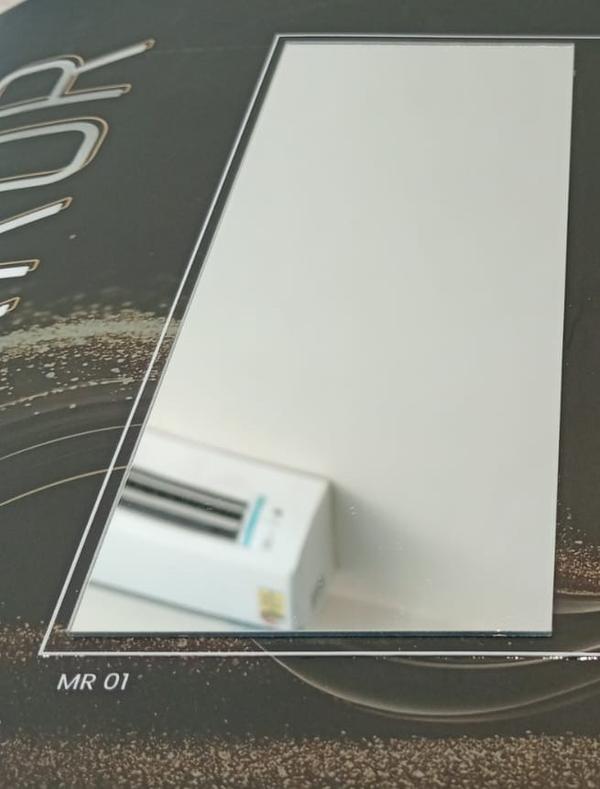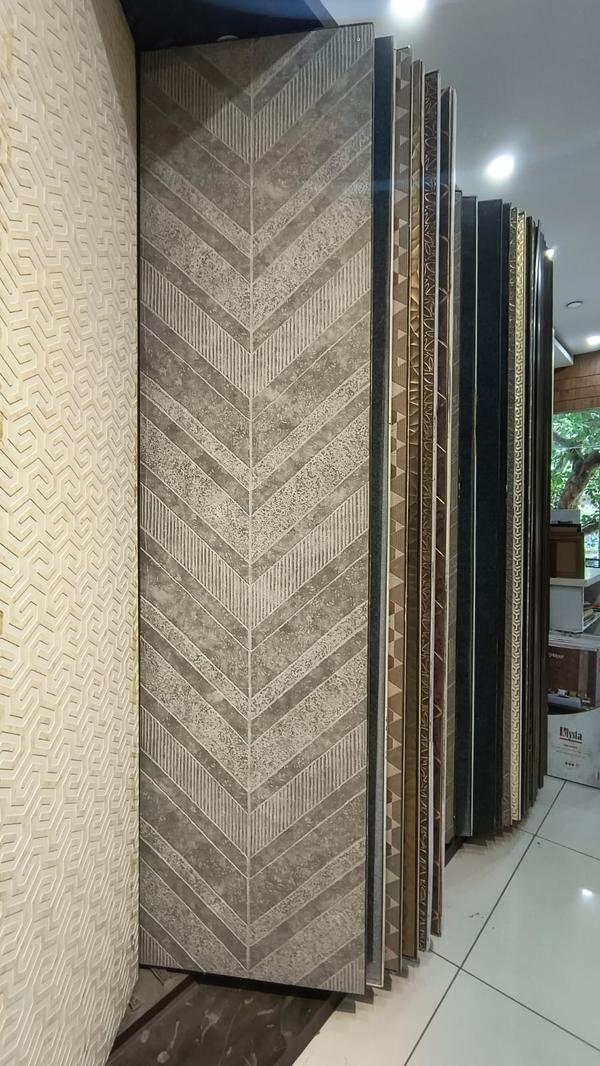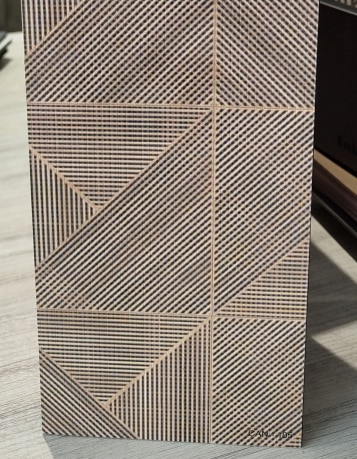Mirror Acrylic MR3 is another type of acrylic mirror sheet, and like MR1 and MR2, it offers reflective properties combined with the advantages of acrylic material. Here are some general characteristics and potential differences you might find with Mirror Acrylic MR3: Key Characteristics of Mirror Acrylic MR3: Reflective Surface: Provides a high-quality mirrored finish that simulates the appearance of glass mirrors. Lightweight: Easier to transport and install due to its reduced weight compared to glass mirrors. Durability: Typically more resistant to impacts and breakage than traditional glass mirrors, making it a safer option in certain environments. Customizability: Can be easily cut, drilled, and shaped to meet specific design requirements, offering flexibility for various applications. Applications: Used in a range of settings including interior design, decorative panels, retail displays, and even in applications where safety and weight are important considerations.
